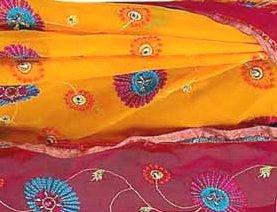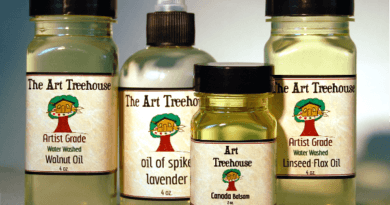The Color of a Culture
Can a culture develop an identity around certain colors? In the case of Indian Yellow, it appears to be the case. Indian Yellow, a beautiful yellow with overtones of vermilion, has been worn in India for centuries. Some say the process for making it was brought to India from Persia in the 15th century.
Making Indian Yellow supposedly involved collecting cow’s urine, boiling it over an open fire, and collecting the pigment into balls. The process was reportedly outlawed in 1908 due to the harmful mango leaves and turmeric fed to the cows. However, in recent years, researchers have concluded that Indian Yellow may have been made from a vegetable. No conclusive evidence of how it was originally made has been found, but everyone agrees it is beautiful. Anyone who has traveled to India can attest to the ubiquity of Indian Yellow in the culture. It seems impossible to imagine an India without it. Yet no one is sure what it is…
Today, the hue for Indian Yellow is made with modern pigments: nickel azo, hansa yellow and quinacridone burnt orange.




